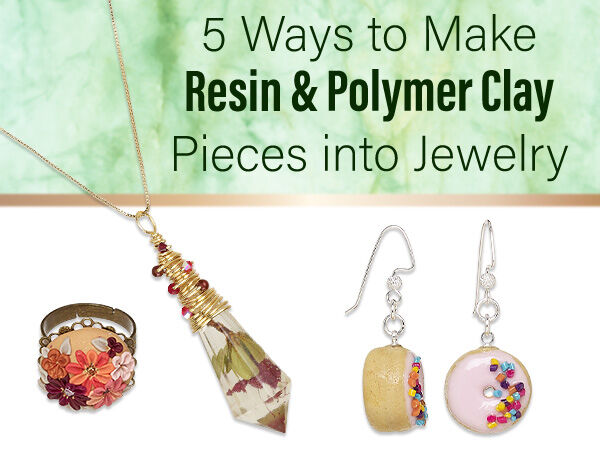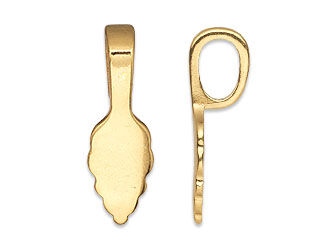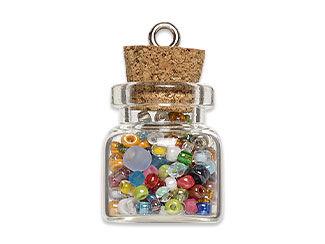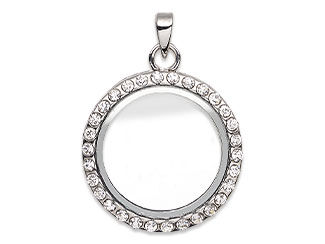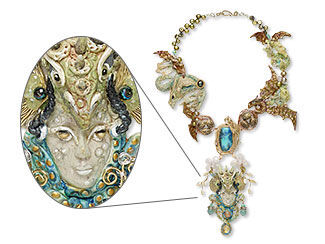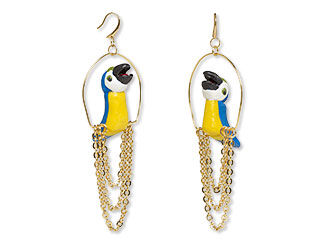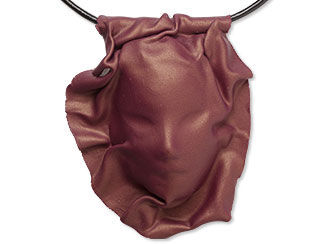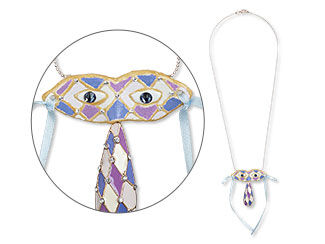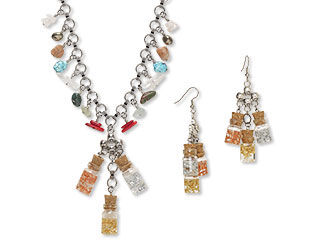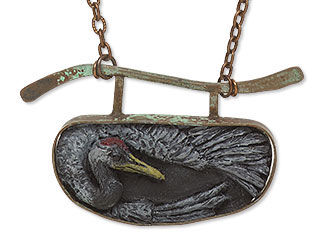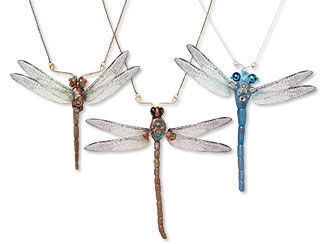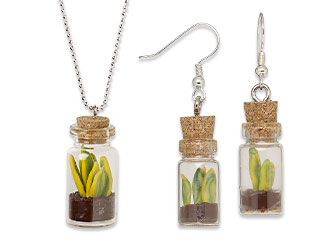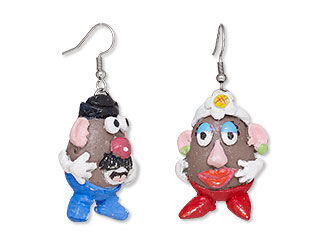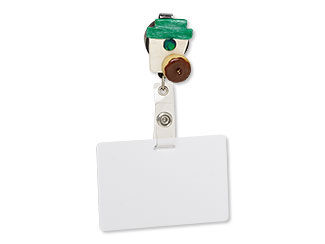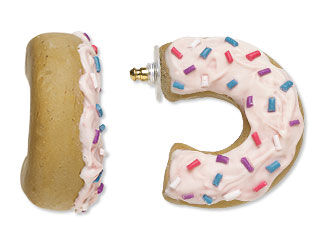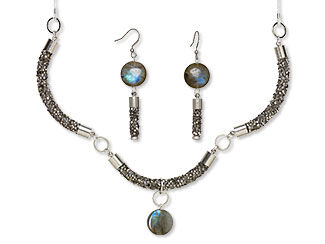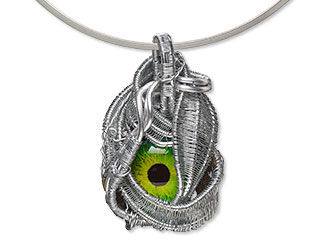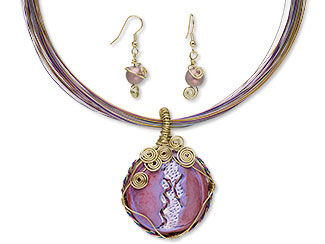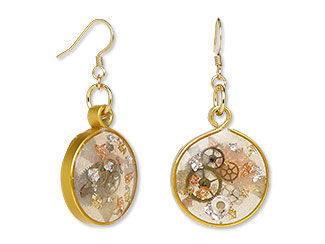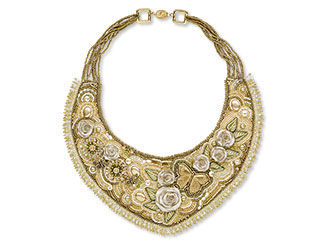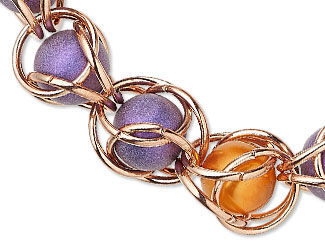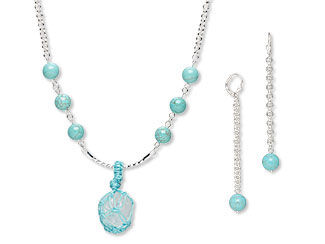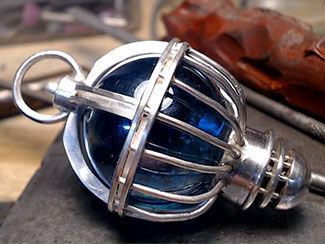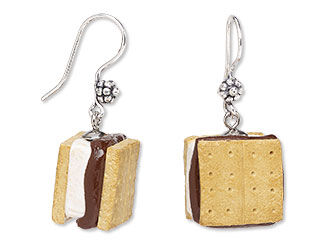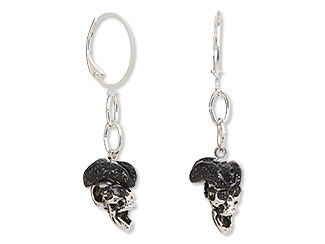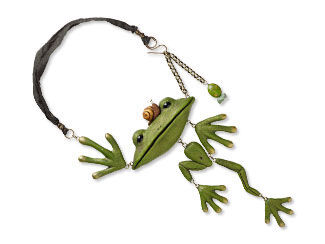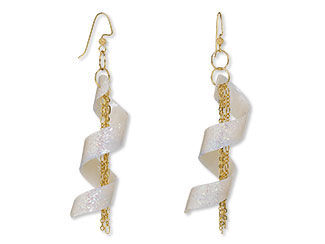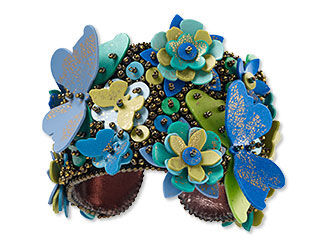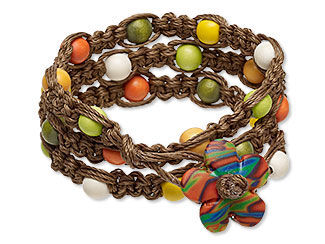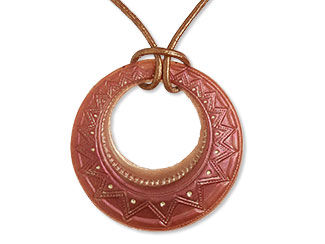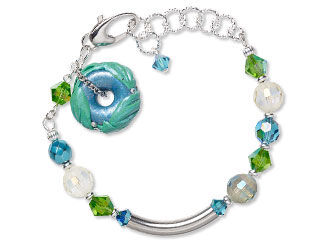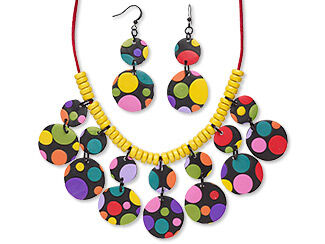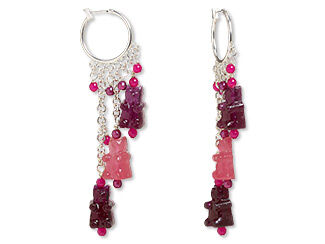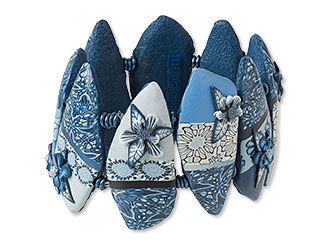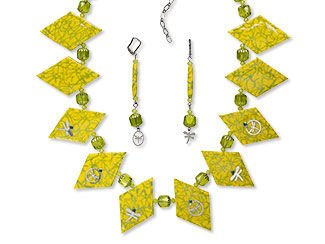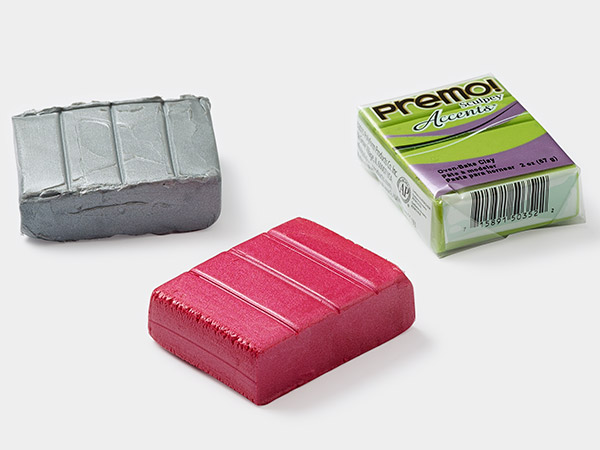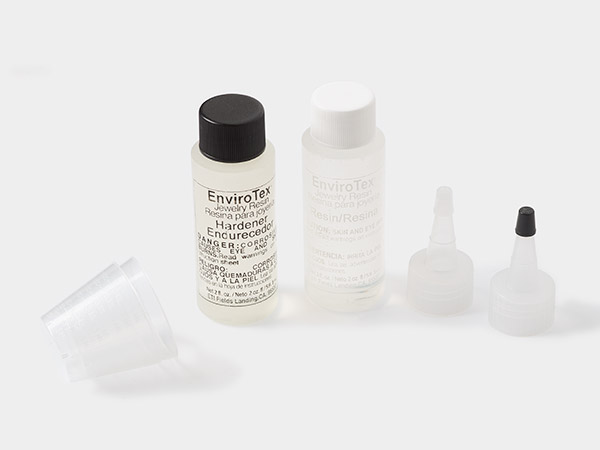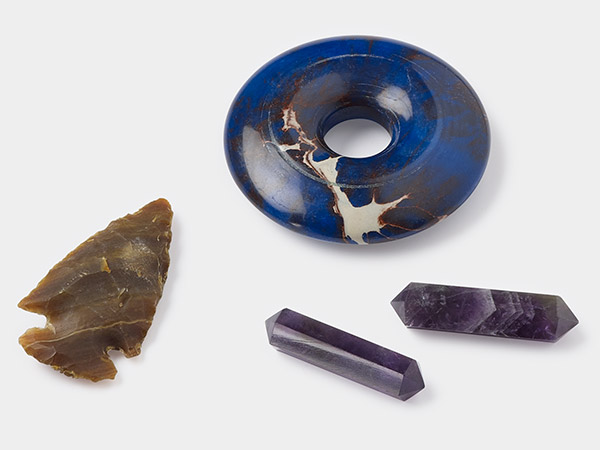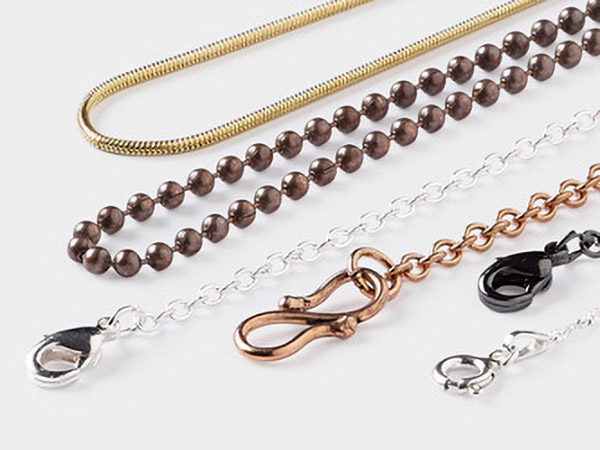5 Ways to Make Resin and Polymer Clay Pieces into Jewelry
You've made a polymer clay or cast resin piece and now want to turn it into a jewelry component. Here are five common methods, based on whether it is undrilled, half-drilled or fully drilled:
- Build it
- Glue it
- Wrap it
- Stick it
- String it
Build It
The easiest way to turn a cast resin or polymer clay piece into a jewelry-making component is to build it that way. Contiguous loops made out of clay or resin are the first thing you can use as attachment points.
Christi Friesen, in her Secrets to Polymer Clay video series, suggests embedding a twist of wire in the back of any polymer clay piece while making it and then covering it with another piece of clay. Other embedding options include adding a tube bead, eyelet, jump ring or other metal component directly into a clay or resin piece during the creation process.
An alternative is to create the design directly onto or inside pre-existing findings or components that already have ways to attach them to jewelry. Pour resin directly into—or mold polymer clay right onto—cabochon mountings and settings, bezel cups, glass bottles and vials, float lockets with glass fronts, metal frame findings and more. Be sure to evaluate whether the component can baked at your polymer clay's curing temperature.
Undrilled: Glue It
It doesn't have any holes—and you don't want to drill or punch holes into your work—but you want to turn it into a jewelry component quickly. Gluing your piece onto or into a pre-existing finding is fast and easy. Does it work better on top of a flat surface or inside an opening?
Flat surfaces include Aanrakuu and Aanrakuu-style bails, flat pad ear studs, button backs, button covers, pins, cuff links, tie tacs, a range of bezels, mountings and settings, plus other findings.
Thin but wide creations can be glued into fold over bails (without pegs) or ribbon ends, while tubes, twists, teardrops, marquises and other shapes with narrow ends can be glued into a range of findings. Those can include bead caps with attached loops (sometimes called bell caps), cones, bolo tips, cord coils, cord ends and a variety of other terminators.
Undrilled: Wrap It
If gluing your polymer clay or cast resin piece to an opaque finding doesn't work—you still want light to pass through it—then you can explore wrapping around it. You have three popular wrapping options to choose from: wire-wrapping, capturing and containing.
Wire-wrapping is popular for undrilled components of any material; resin and polymer clays are no different. You have a wide range of wire colors, shapes, gauges, textures and metals to choose from, so you can make exactly what you envision.
Capturing means you make your own bezel, frame, net or other open setting. Popular techniques for capturing include seed beading (especially off-loom stitches), wire crochet, chainmaille and macramé netting.
Containing lets you put your creation inside an already created finding such as bead cages and cage pendants, tension charms shaped like hands, glass bottles in a range of sizes and more.
Half-Drilled: Stick It
This is the most common configuration for transforming a polymer clay or cast resin piece into a jewelry component. A hole is made partway into the piece and a metal finding with a post or peg is glued into it. With polymer clay designs, adding the hole is usually done right before baking. Cast resin pieces are frequently drilled after the resin cures.
For lightweight items, eye pins are most often used, while larger designs suit cup-with-peg, up eye and screw eye findings. All methods benefit from the added security of a two-part epoxy glue for a good hold.
Fully Drilled: String It
And finally, if the component has a drill hole entirely through it, then a range of stringing options become available. Which options depend on the placement and type of drill hole.
If the component is drilled front to back, then it can serve as a drop or link, connected by ice pick bails, prong bails, hinged bails, jump rings, split rings—even directly onto hoops and other earring findings! Thin pieces can be stitched onto backgrounds using seed bead embroidery techniques.
Center-drilled shapes can be used as donut or go-go centerpieces on minimalist jewelry styles and button clasps for wrap bracelets. Or choose from one of many donut bails to turn these shapes into pendants.
If the piece is fully drilled through its entire length, then it is stringable like a bead. Depending on the hole size, it can be strung on beading wire, thread, cord and lengths of wire—or using findings such as bead pins, bead holders, head pin bails, horseshoe bails, drop pins, head pins, eye pins, long shank ear wires and more.
Whether you string it, glue it or simply build it that way, turning your handmade cast resin or polymer clay piece into a useable jewelry component helps you personalize your vision, creating jewelry lines that are even more uniquely yours.
Shop for Your Materials Here:
Have a question regarding this project? Email Customer Service.
Copyright Permissions
All works of authorship (articles, videos, tutorials and other creative works) are from the Fire Mountain Gems and Beads® Collection, and permission to copy is granted for non-commercial educational purposes only. All other reproduction requires written permission. For more information, please email copyrightpermission@firemtn.com.
